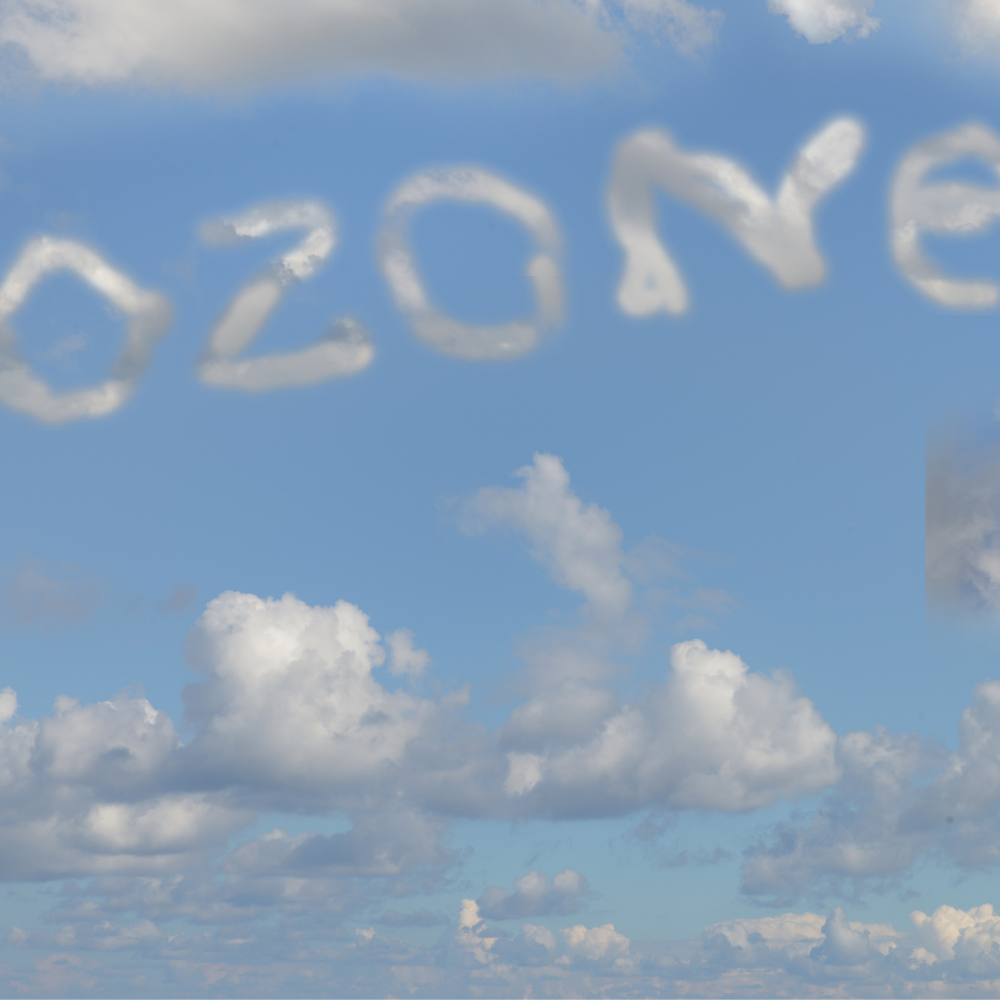Ozone at low concentrations can be effective at neutralizing coronavirus particles, according to a study carried out by Japanese researchers.
Scientists at Fujita Health University have said that they have proven it can help kill the virus. The study found ozone to be effective at 0.05 to 0.1 parts per million (PPM) – levels harmless to humans.
Using an ozone generator in a sealed chamber with a sample of coronavirus, researchers were able to prove it worked.
In fact, the strength of the virus declined by more than 90% when exposed to the gas for 10 hours. Ozone is known to inactivate many pathogens – previous studies found ozone worked, but at higher levels, potentially dangerous to humans.
Similarly, a study at the Georgia Institute of Technology showed ozone may help disinfect gowns, goggles and other protective equipment.
Due to the results, Fujita Health University have installed ozone generators to help reduce infection in areas like patient rooms. Lead researcher Takayuki Murata, said ““Transmission of the novel coronavirus may be reduced by continuous, low-concentration. Even in environments where people are present, using this kind of system.”

Interested in the results of low concentrations of ozone? Then you may well like the Vectair Airsan™ system. Refreshing the atmosphere and bringing the outdoor freshness indoors, it helps to eliminate unpleasant smells.
Containing no VOCs, the portable Vectair Airsan™ can be used in many environments, such as hospitals, waiting areas and restrooms. Due to the low concentration levels, the product can be used continuously in occupied or unoccupied areas or rooms. It can be used to suit user preferences too, with adjustable ozone production to match room sizes up to 5,300f³.
For more information about the benefits that the Vectair Airsan™ ozone generator could provide a building with, get in touch.




